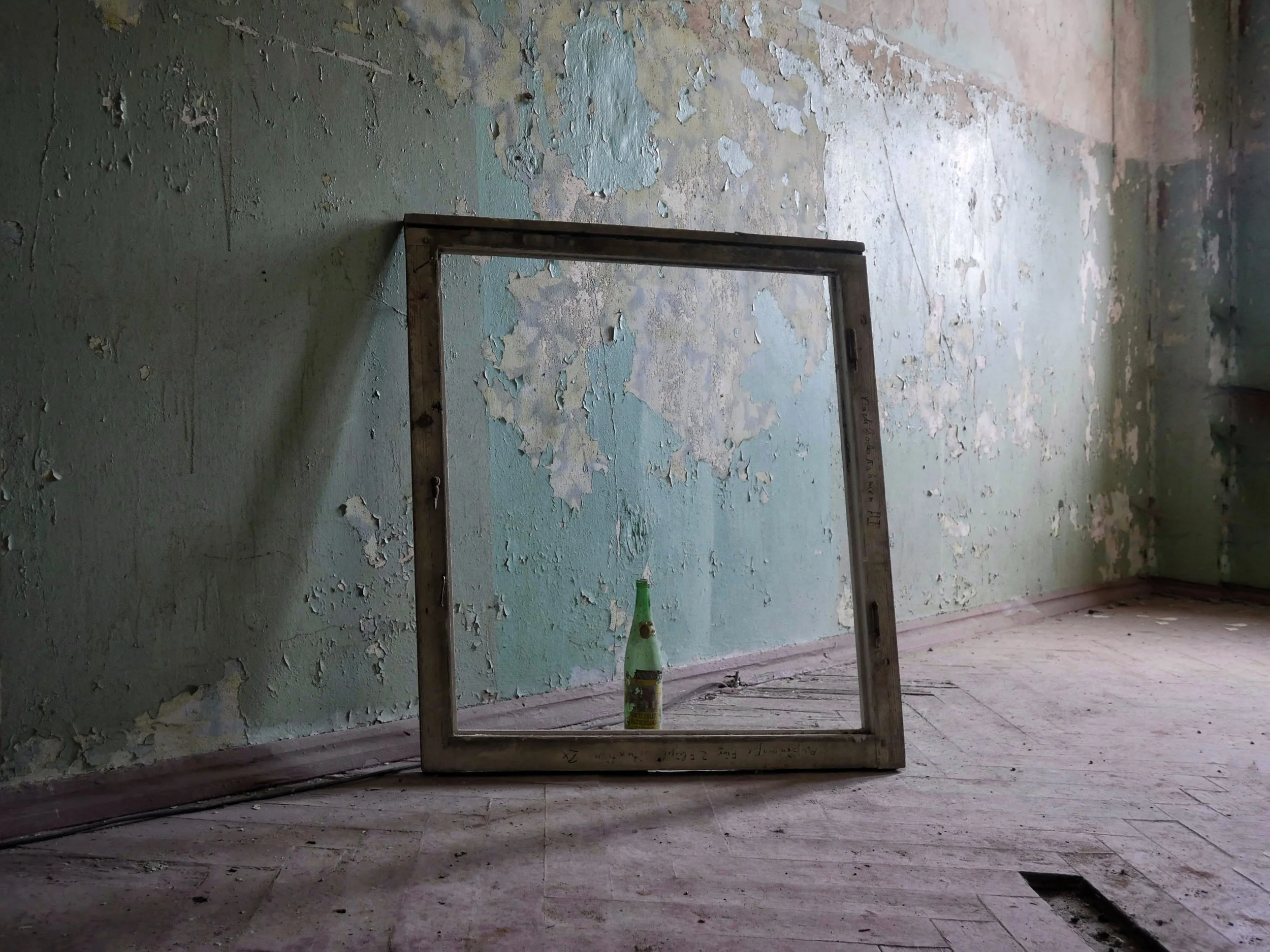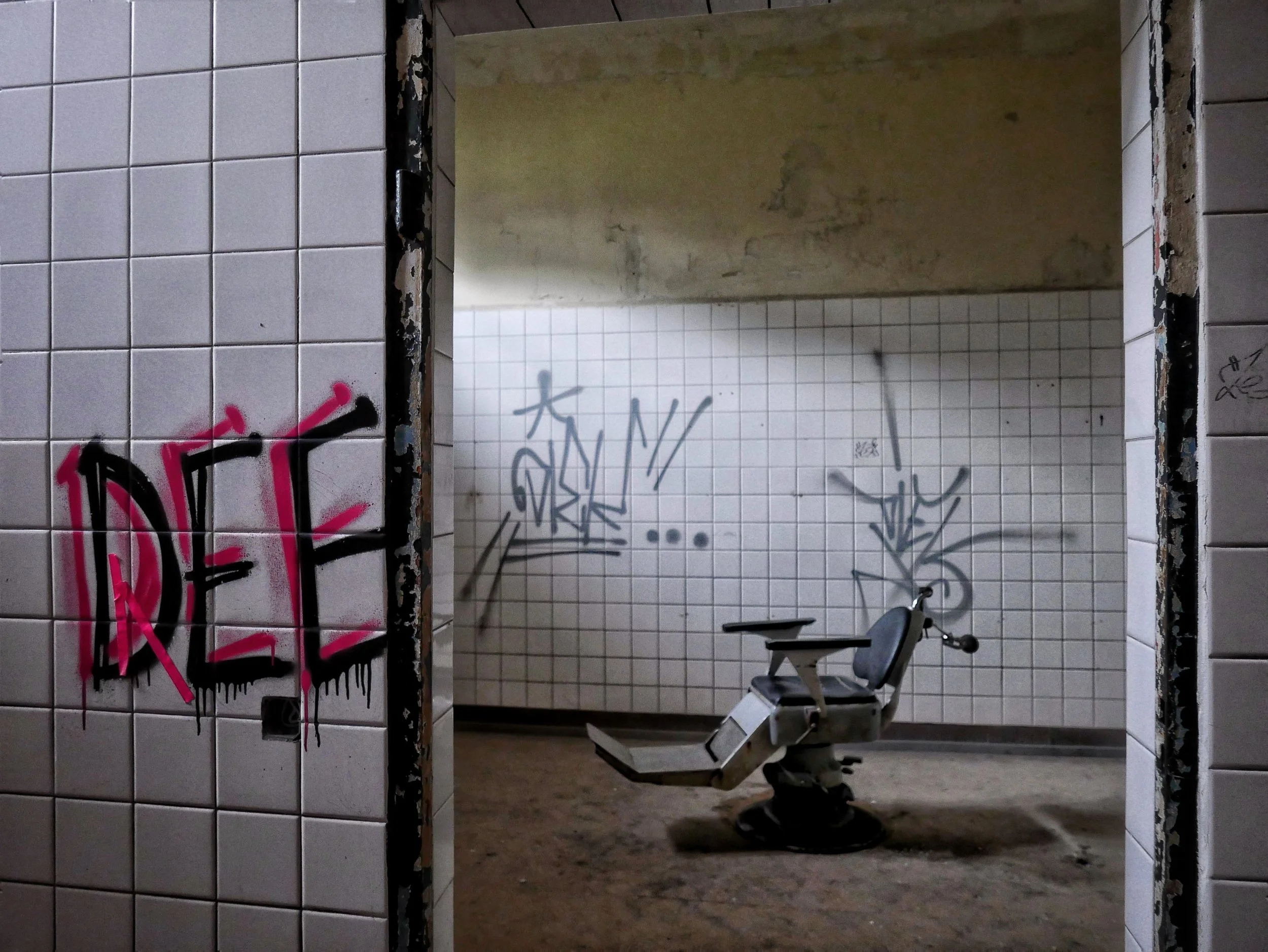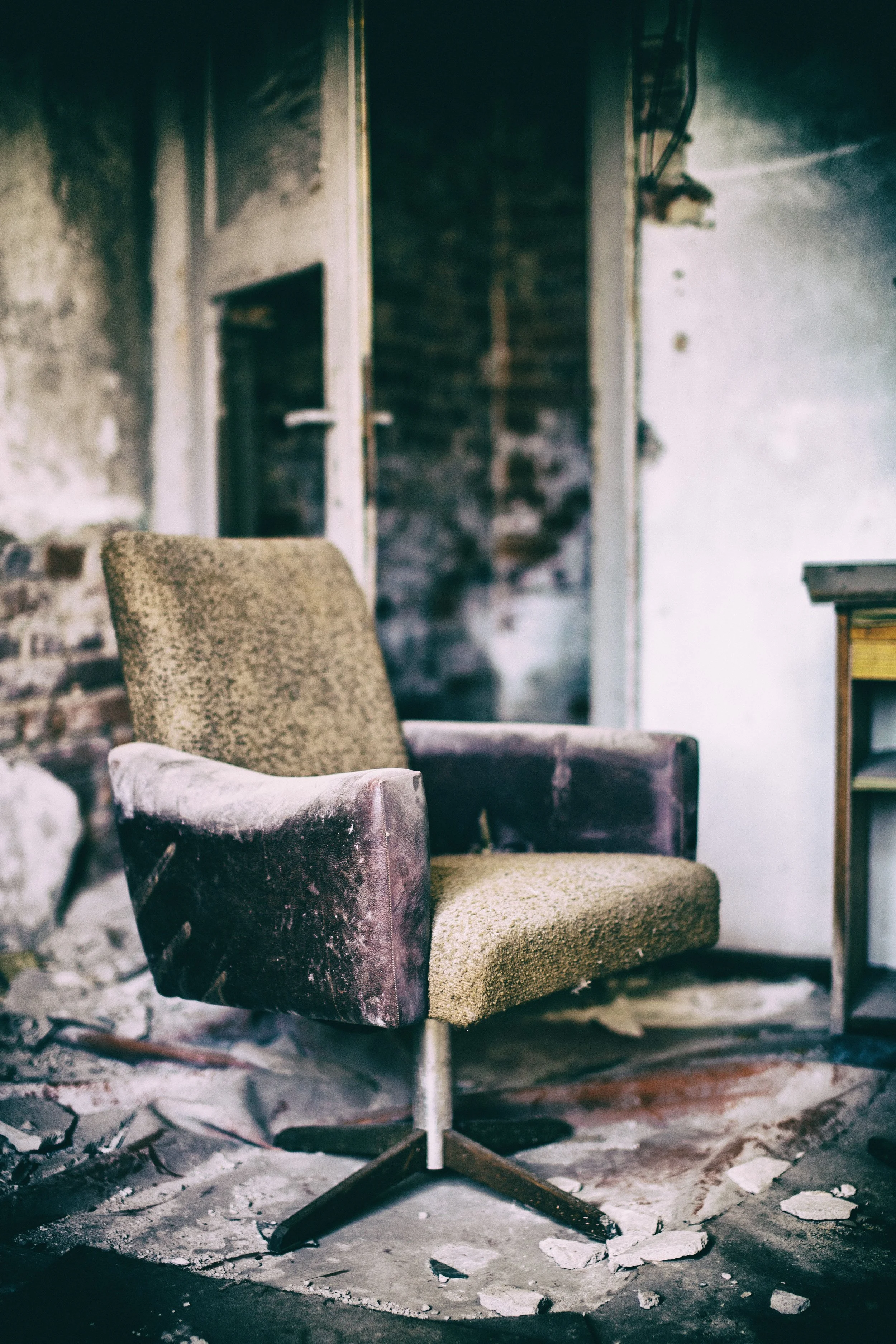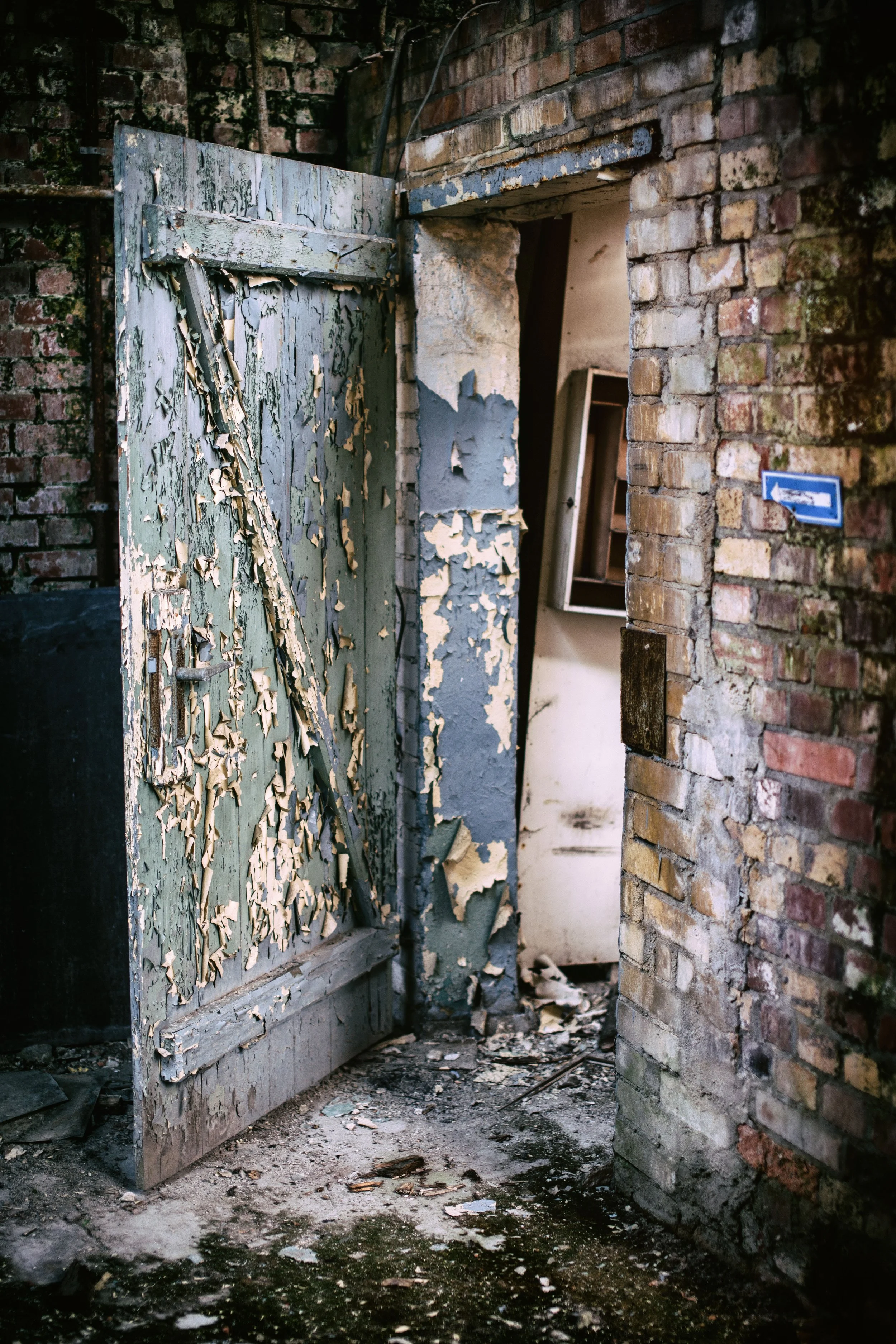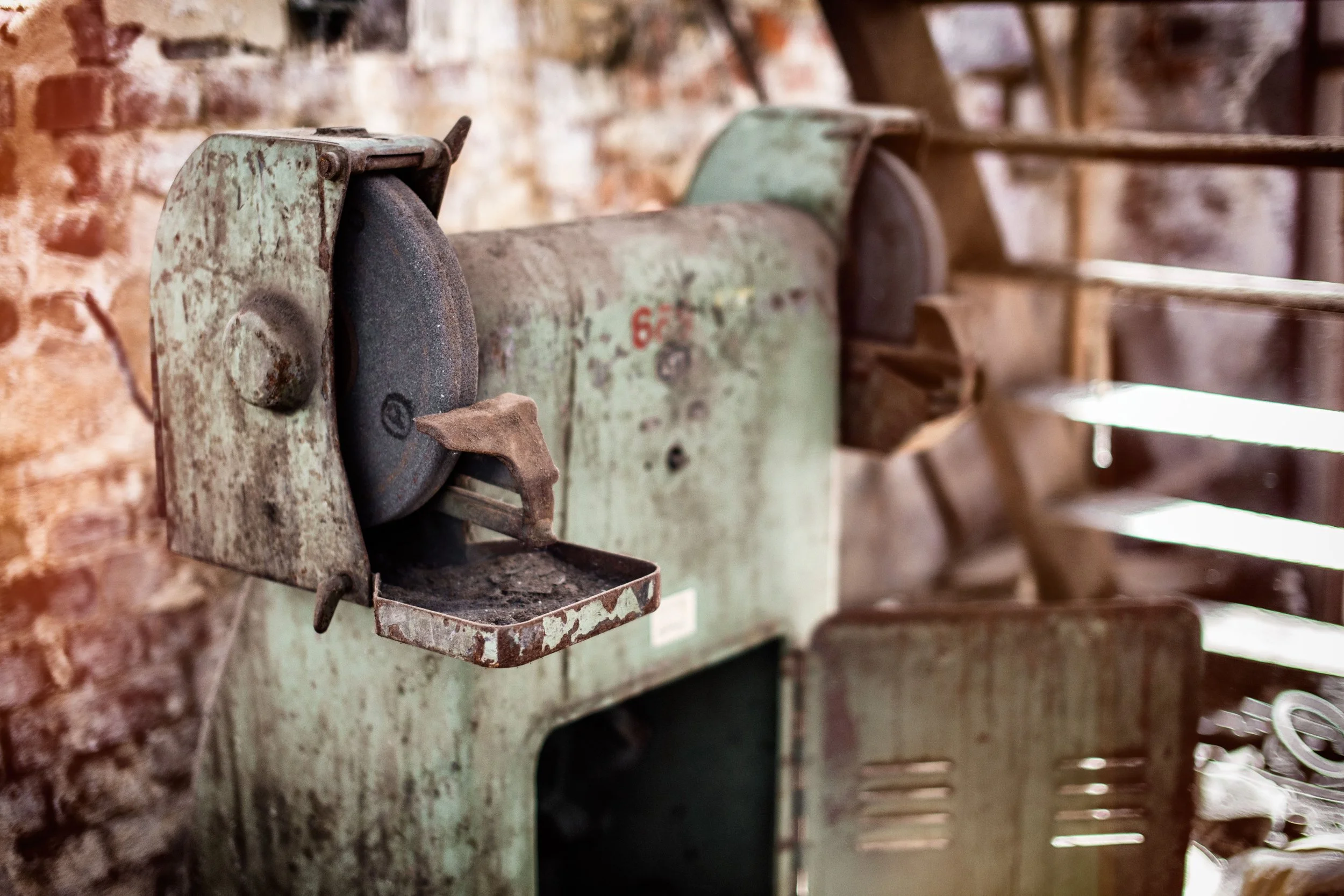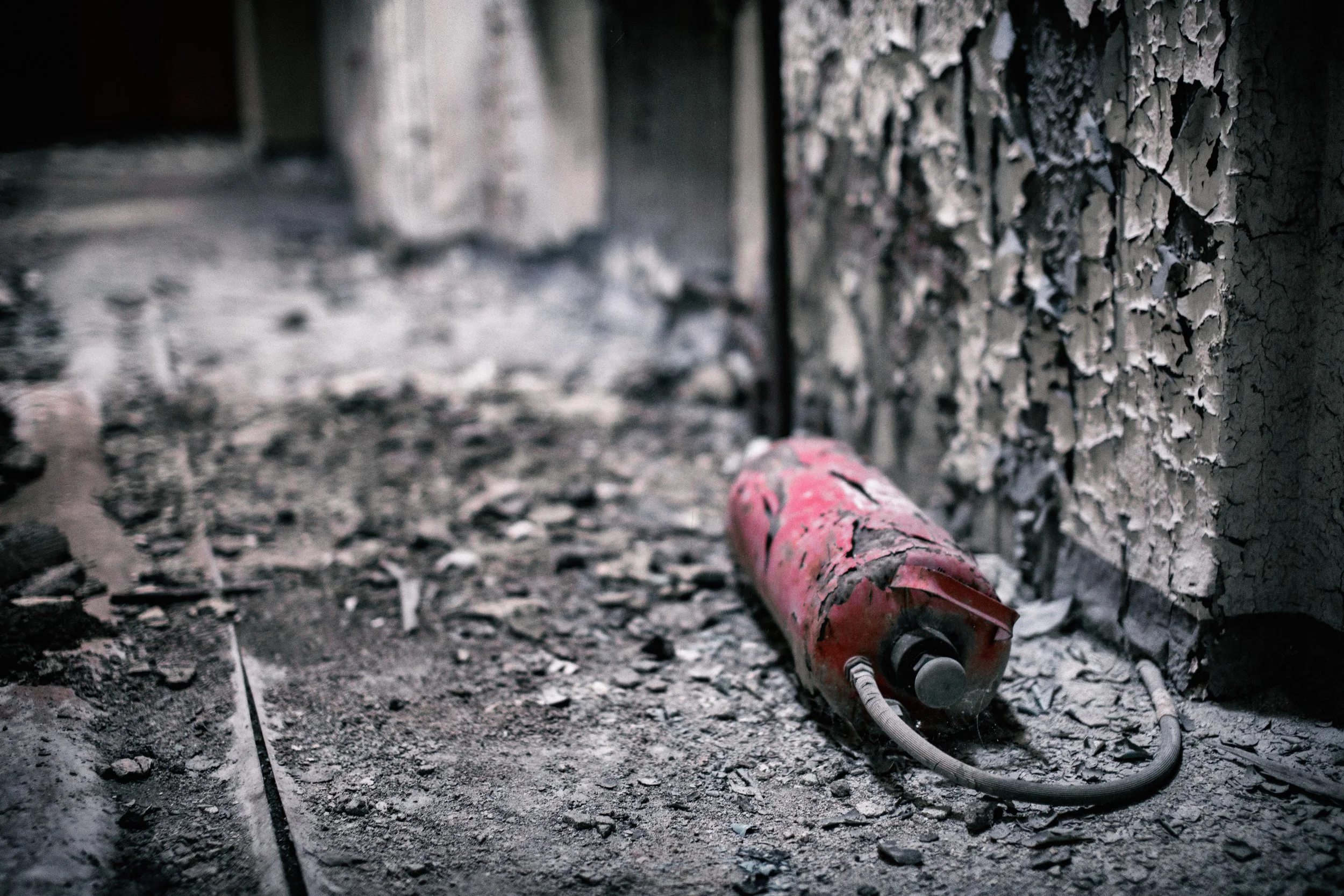Fixer to Filters
From Fixer to Filters: Confessions of a Photographer in the Age of Manufactured Dreams
(Or: Why I Still Carry a Light Meter and an Attitude)
There was a time—not so long ago, mind you—when taking a photograph meant you were physically there. You saw the thing. You pressed the button. Light passed through glass, hit film, and was frozen forever. If you messed up? Congrats, you had a blurry memory and a darkroom confession to make.
I’m not talking about the Renaissance. I’m talking about 1995. Back when cameras were cameras, phones were phones, and nobody casually deepfaked the Pope into looking like a Milanese fashion influencer. A simpler time, really.
Back then, photography felt like a handshake with reality. Slightly sweaty, a bit flawed, but sincere. We had film—lovely, light-hungry film. It smelled like fixer and had a way of aging that made us feel like artists, even when we accidentally double-exposed our cousin’s birthday with a street dog from Barcelona.
Sure, we knew manipulation existed. Retouching, cropping, maybe even cutting your ex out of the family vacation shot. But the line between “photo” and “painting” was still pretty clear:
🖼️ Paintings? Invented beauty.
📸 Photos? Flawed truth.
And then came Photoshop. A beautiful, horrible revolution. Let’s just… not talk about it.
📉 The Decline of Truth (and the Rise of Stunning Nonsense)
Today, things are different. Very different. We’ve entered the pixel-perfect, AI-polished, dopamine-addled, generatively-composed visual multiverse. A place where “photo of a foggy lighthouse at dusk” is just a text prompt away from becoming an eerily stunning lie.
Photos used to prove you saw something. Now they prove you prompted something. The distance between experience and image has grown so wide you could drive a tour bus through it—and Midjourney would still generate a better picture of it.
Somewhere, media theorists from the 1990s are having a quiet "I told you so" moment. William John Mitchell called it the “de-realization of the photographic world.” And this was before we started asking AIs to render “a cyberpunk flamingo in 1950s Havana, Leica-style.”
📸 A Crisis of Faith (with Light Leaks)
So where does that leave us—a scruffy, possibly over-caffeinated tribe of analog holdouts, light-meter in one hand, dust blower in the other, muttering about emulsion grain and “the good old smell of stop bath”?
It leaves us in an existential tangle.
We can:
Compete with AI—which, frankly, never needs a bathroom break or creative inspiration.
Or we lean into the fragility, texture, and imperfection of photography—the bits that machines can’t imitate without looking like they tried to be human (and failed charmingly).
Here’s the silver gelatin lining:
Maybe it’s time to let photography drop the “truth” act.
🎞️ The Sweet Relief of Creative Irresponsibility
Photography has spent a century pretending to be journalism. Maybe now it gets to be poetry. It gets to be slow, deliberate, flawed, expensive, soulful—and gloriously unbothered by whether it’s winning the algorithm lottery.
Let AI do the high-speed, hyper-perfect, emotionally-flat visuals. We’ll be over here, arguing about the “right” developer dilution and crying over a negative that just hits different.
Because there is something beautiful—almost spiritual—in knowing that what’s on your print actually happened.
You didn’t render it. You witnessed it. With your eyes. And a 1970s 85mm lens you probably overpaid for.
💡 So, What’s Left for Us?
A lot, actually.
🔹 The calm ritual of winding film.
🔹 The unexpected joy of a shot that shouldn’t have worked, but did.
🔹 The soft bragging rights of saying, “I only shoot analog,” while secretly wondering if your light meter’s battery is dying.
And, most importantly:
Photography still demands presence. It still whispers:
“Be here. Look harder. The moment matters.”
AI can simulate aesthetic. But it can’t simulate being there.
📷 Final Frame
So here we are, scrolling through an endless feed of beautiful, surgically perfect fakes—while clutching our film cameras like emotionally complicated lovers we can’t quite let go of.
Maybe one day, we’ll look back and say:
“Thank you, generative AI, for finally letting photography stop pretending it was journalism—and start acting like jazz.”
Until then:
Shoot with care.
Print like it matters.
And if someone asks if your photo is real, just smile and say:
“More real than your AI-rendered sad cowboy in Paris, at least.”

